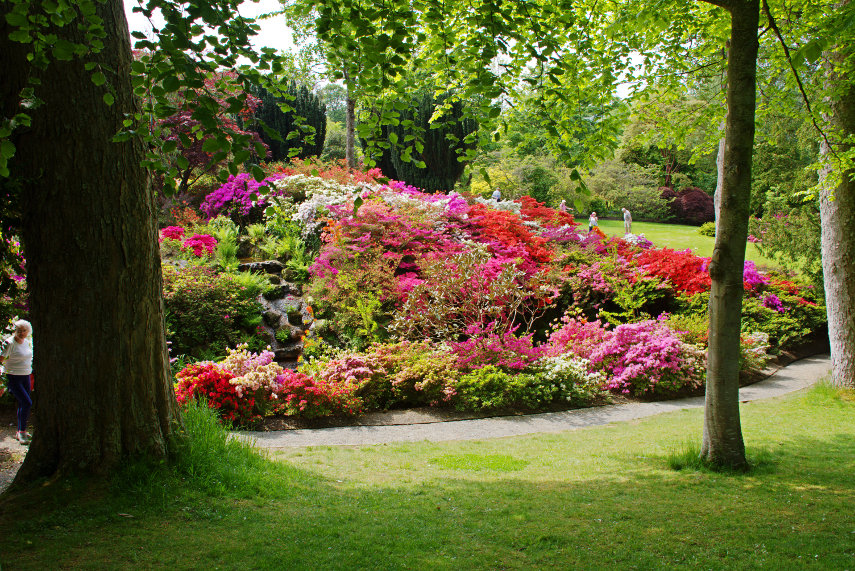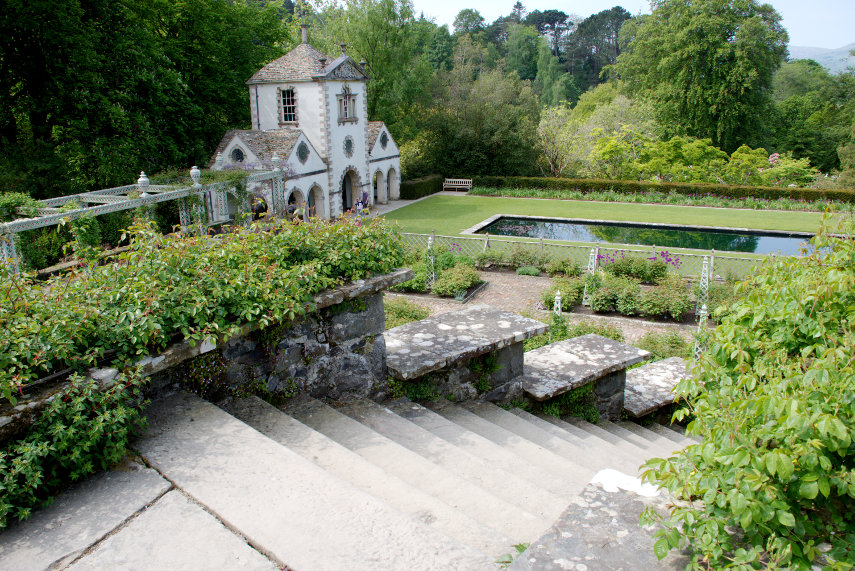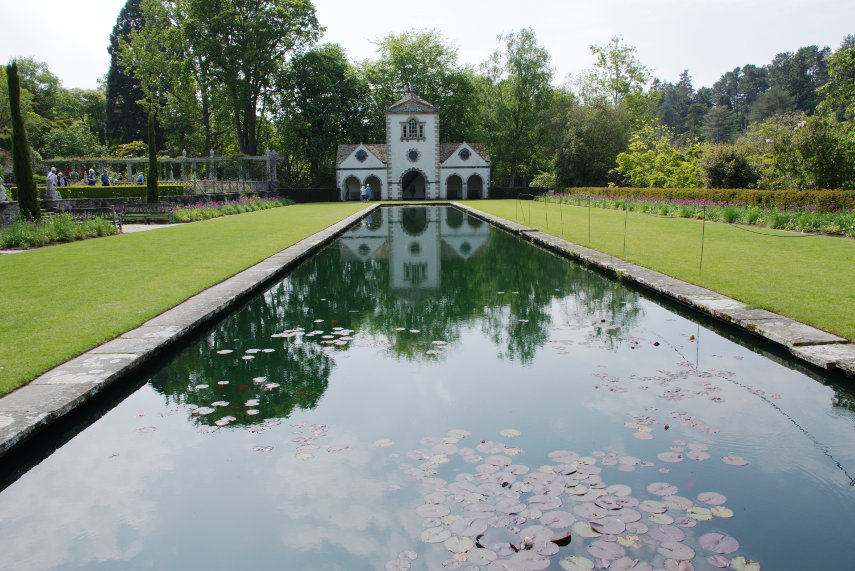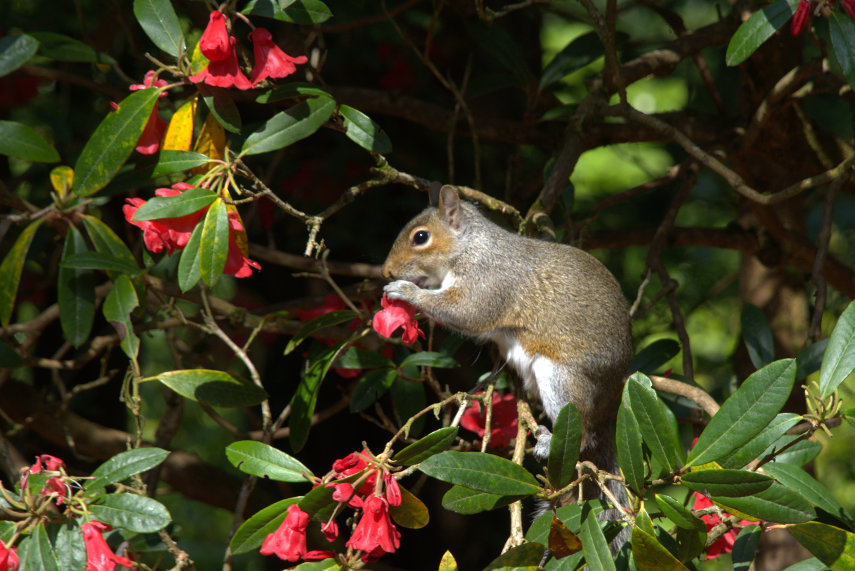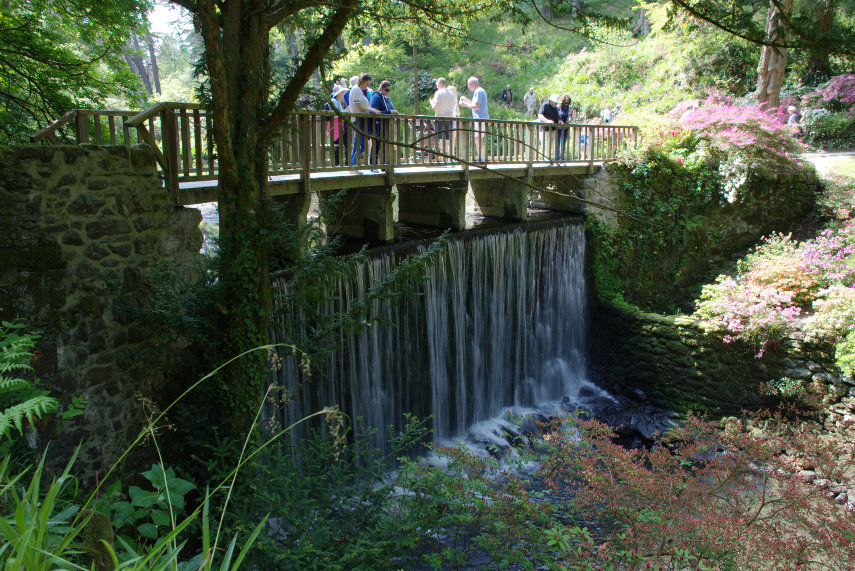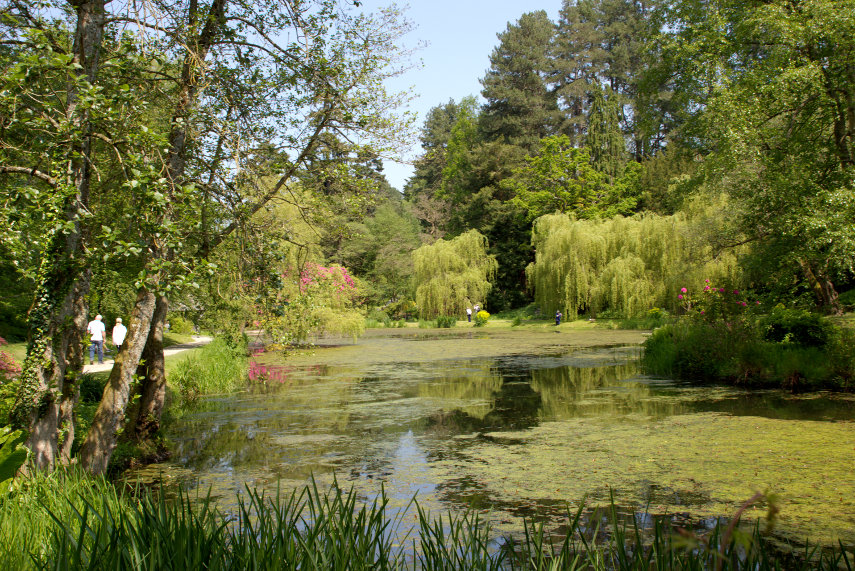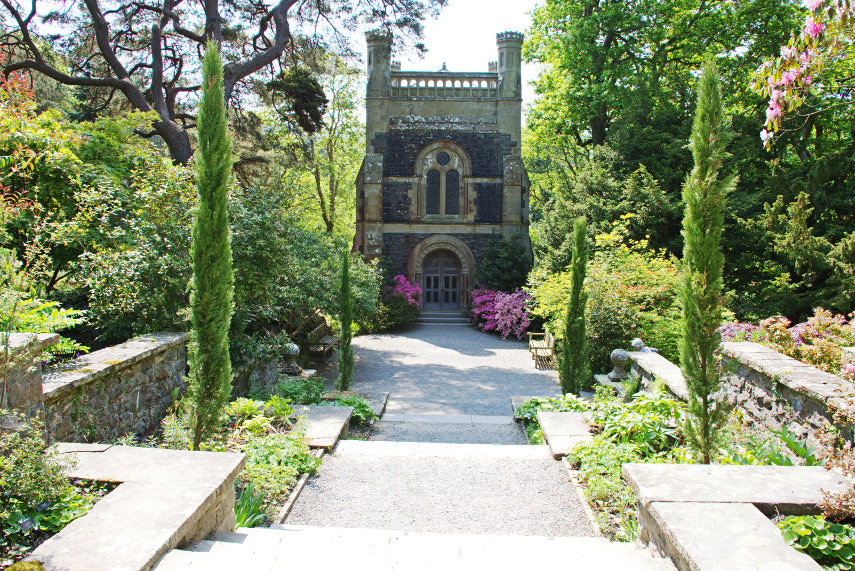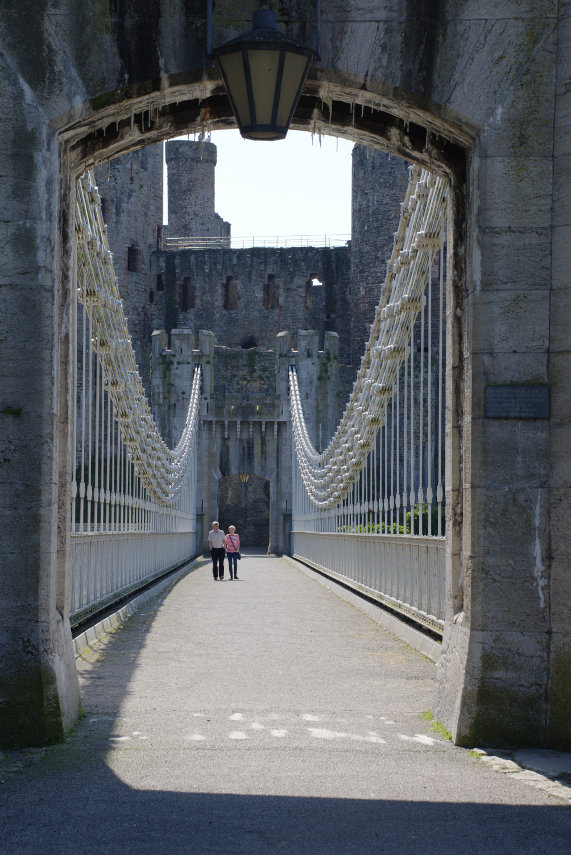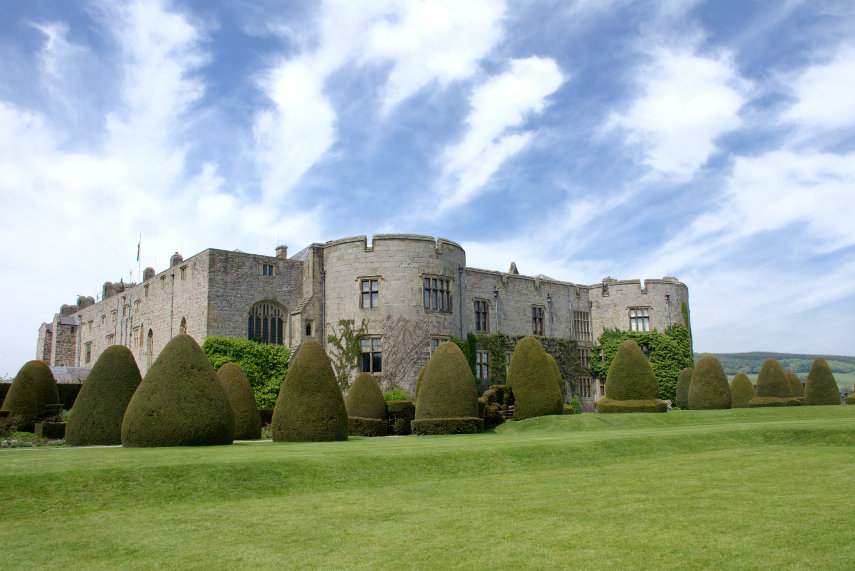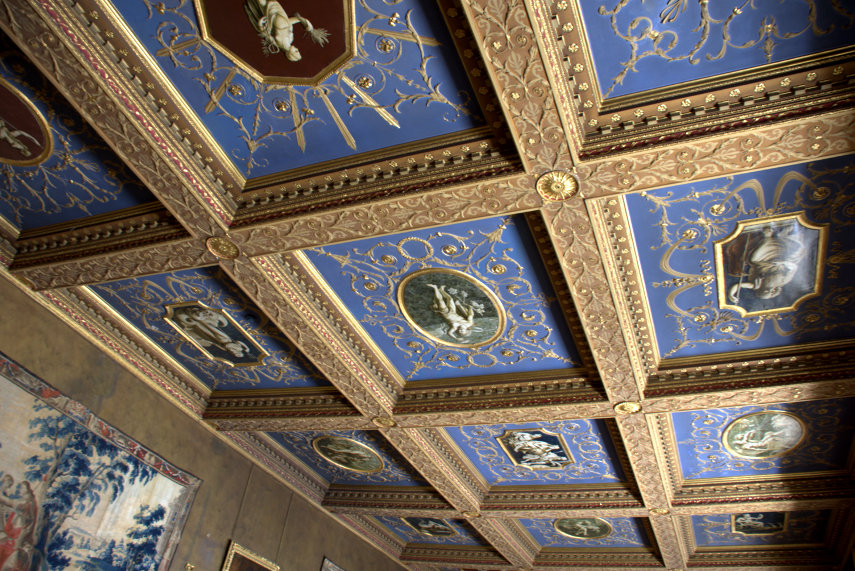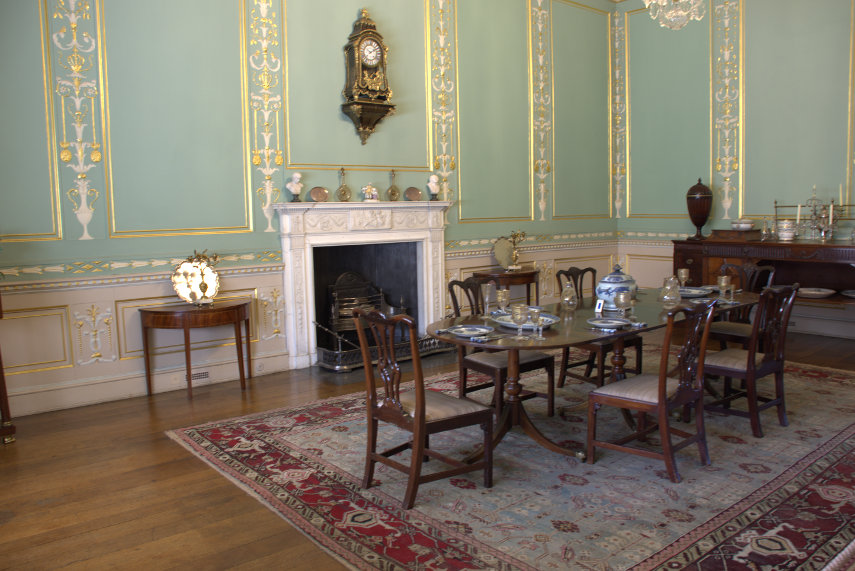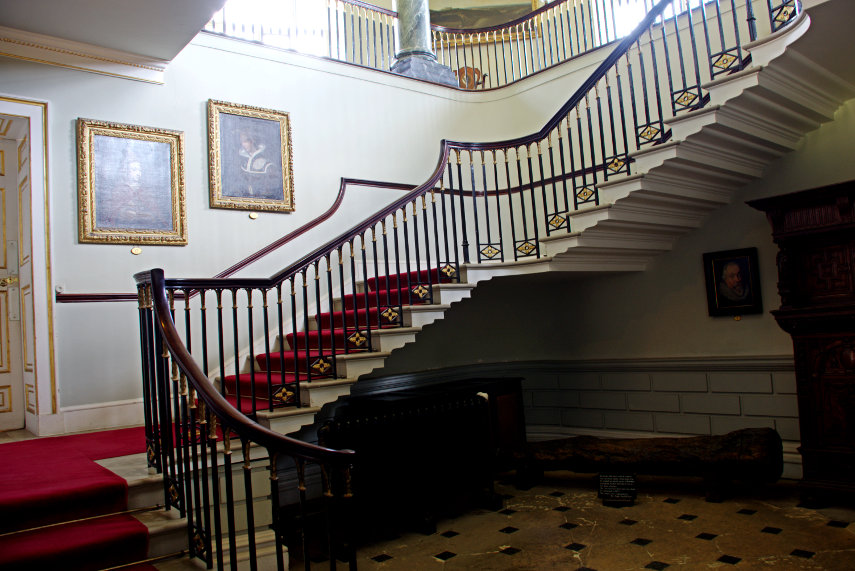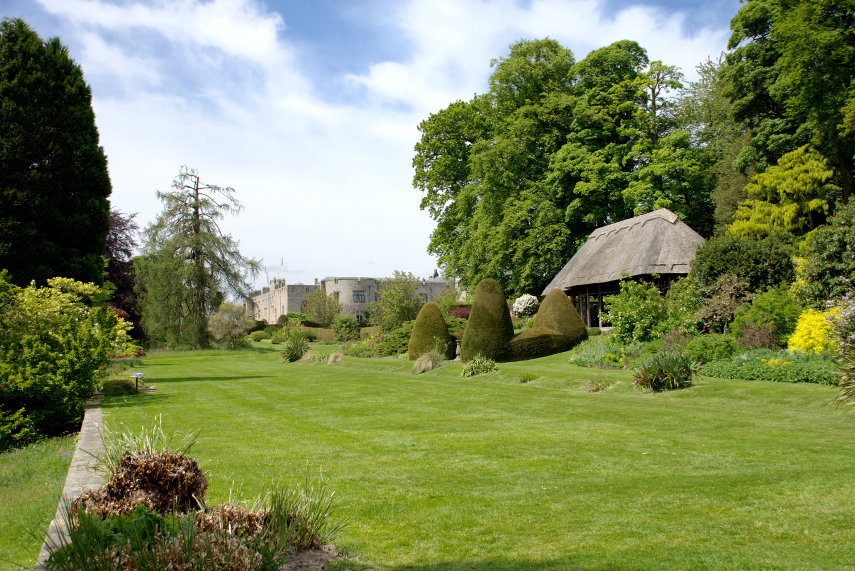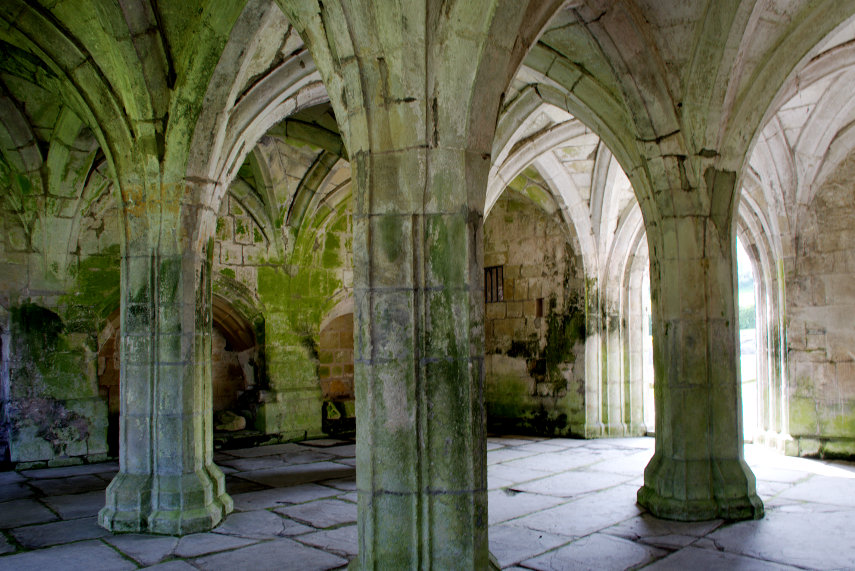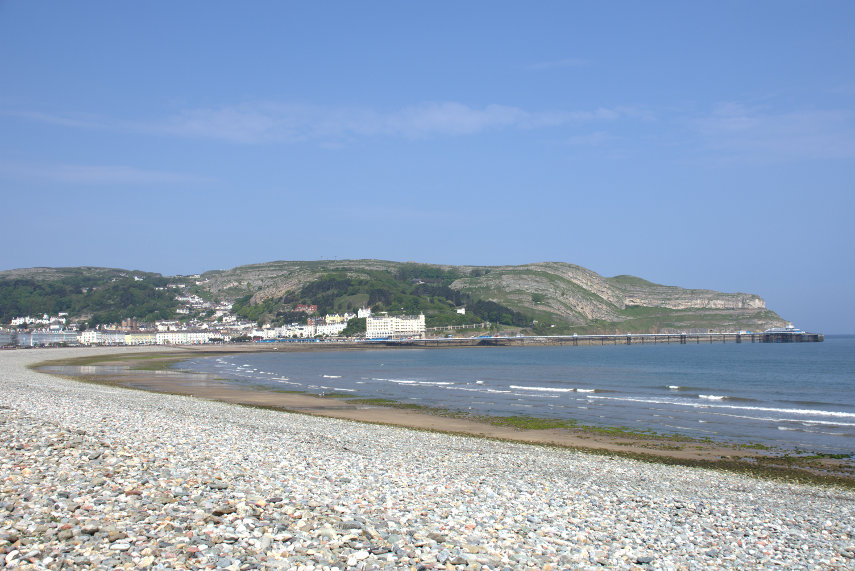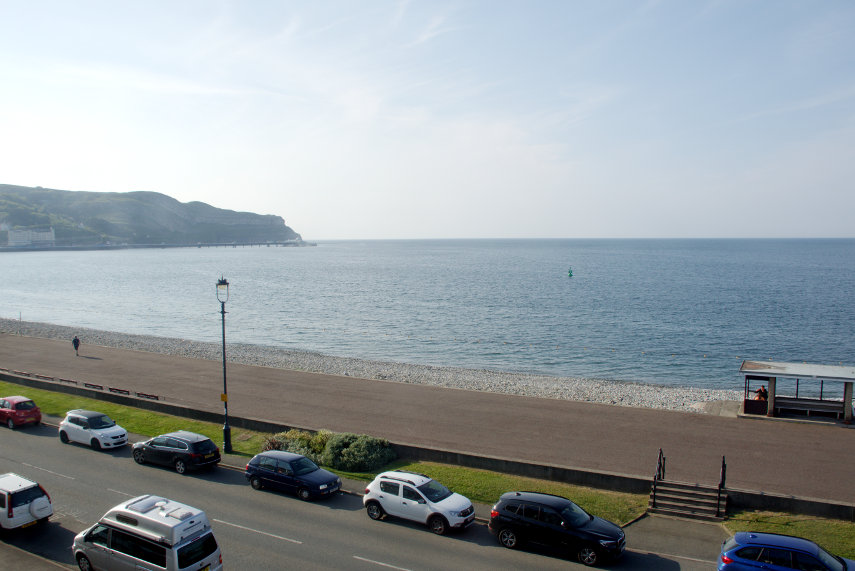From Iron to Copper – Day 4
We appear to have another sunny day and another breakfast. Do we have any special plans for today? Well yes we do. We are going to the top of that limestone lump in the distance on the far side of the bay but we are going to cheat.
We set off walking along the sea front eventually taking an upward path and after a short climb we look back to this view of the Llandudno sea front.
A bit higher still we get this view with the mountains of Snowdonia showing beyond the town. However, have you noticed anything? There is less and less blue sky – the cloud is building.
A bit higher and we get a nice view of Llandudno Pier but now with a cloudy sky.
Looking in the opposite direction we can see the Great Orme (the limestone lump) that we are going up and some lingering blue sky.
However before we go up any higher we have come to look at the 19th century Happy Valley Gardens. This area was a quarry before being developed and landscaped as rockery gardens . These gardens are generally sloping and a bit steep in places but worth visiting if you can cope with the slope. There were a few sculptures scattered around and we particularly liked these.
There were plenty of flowers but there should be even more later in the season.
They even have their own Laburnham Arch which is not going to compete with the one at Bodnant but it is already looking very pretty.
We walked a little way back into town to catch the tram to the top of the Great Orme. I did tell you we were going to cheat.
This is where we passed the tram which was coming down. The ‘driver’ doesn’t actually do anything, as the tram is moved by a cable worked by a winding engine, but he is there in case we need emergency braking.
We didn’t need any emergency braking after all but we are not impressed with the weather up here. We now have total cloud cover and it is rather cool which is made worse by the strong wind (cloud+cool+wind=dismal). Still it shouldn’t worry us where we’re going – underground.
We are going to visit the pre-historic copper mines re-discovered in 1987. These mines date back 4,000 years to the Bronze Age and, before you ask, that is before my time. The mine is thought to be the largest prehistoric mine so far discovered in the world.
We started by having a look around the surface workings.
We could see various dark holes going down vertically but luckily for us we won’t have to go down those. One of the shafts here goes down 437 feet ![]() . There were obvious spaces on the surface where they would have extracted the ‘easy to get to’ copper ore but that would have run out fairly soon so it was a matter of giving up or tunnelling and they chose the latter.
. There were obvious spaces on the surface where they would have extracted the ‘easy to get to’ copper ore but that would have run out fairly soon so it was a matter of giving up or tunnelling and they chose the latter.
The entrance is between the path in the foreground and the steps on the right-hand edge in the picture above and this is it. Not very big is it?
The tunnels turned out to be just wide enough to walk along carefully. Amanda is somewhere ahead in the dark!
It was also essential for us to be wearing hard hats otherwise we both would have ended up with bent heads.
There were also steps in a number of places going both up and down. These steps have been installed for visitors and the original miners didn’t have that luxury.
The passage takes one on a U-shaped journey and eventually emerges a short distance from the entrance. I would have liked to show you some of the other features that we saw but the lighting is very dim and my little flash was too small to cover the larger spaces. It was, however, a very interesting and unusual trip.
What visitors see is just a small part of the total mine workings. There are, literally, miles of passages; some so small that they must have been excavated by children around 6 years old.
We went back down on the tram, of course, and that was the end of our day.
We were originally planning a visit of some sort on the journey home tomorrow but as the weather forecast is much the same as today but with rain we went straight home so no ‘Day 5’.
‘Day 5’ did turn out to be a cool, cloudy day and we did have rain on the drive home.
Better luck next time. ![]()


















































